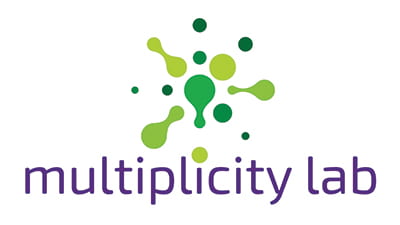Image of the Week: Estimating is Doing Math
November 10, 2024Estimating is Doing Math
Elisa Waingort Jimenez, 4th Grade Teacher, Calgary, Alberta, Canada
This week we offer another image selected by one of the members of our Teacher Advisory Board, who share some of their favorite activities and stories from their classrooms. Elisa shares the second newsletter in this series:
My upper elementary students struggle with the idea that math is not about getting one right answer as quickly as you can. In particular, they haven’t had sufficient practice in previous years with estimation. They think that estimating is cheating because they’ve grown up believing that only an exact answer is correct because they’re used to viewing math in absolute terms via a fixed mindset. I spend a lot of time trying to convince students, through demonstrations, that math is not as clear cut as they’ve been taught to believe. It takes time for students to internalize this idea.
The image above offers many opportunities to show students that math is more about thinking and coming up with flexible strategies than it is about getting an answer. What follows are some steps you might take when using this image with students.
Project this image on a Smart Board or similar technology and ask students: What do you notice? What do you wonder? I find that starting many math routines or problems with noticing and wondering helps take the pressure off the math for students. Furthermore, the discussion that ensues can result in unexpected student thinking that can be used for a later lesson or activity.
Next, ask students to estimate how many potatoes they see in the image without counting, followed by one or both of these questions: How did you figure it out? What steps did you take to come up with your answer? Because my students often get anxious when they’re asked to estimate, I will ask them to give me a math-ish number of potatoes they see in the image.
I was introduced to the idea of a math-ish or an ish-number by Jo Boaler at this year’s conference of the National Council of Teachers of Mathematics in Chicago. Jo Boaler recently published a book by the same name. In her research, Boaler discovered that students tend to be more willing to approximate an answer, -ishing (estimating) or coming up with an ish-number (estimate), in lieu of being asked to estimate. A shift in language allows students to estimate without realizing that is what they are doing. This image can be paired with the book Ish by Peter Reynolds, which focuses on the idea of approximation in art.
Then, you might ask students: when do you need to estimate – get a math-ish number of something – and when do you need an exact answer? If you think your students might struggle with this idea, you may want to have some examples ready of when estimating is acceptable vs. when an exact answer is best.
Finally, you might ask students to choose one of the wonder questions that was shared at the beginning of this routine to investigate in pairs.
Don’t be surprised if students estimate by trying to count all of the potatoes they see and/or those they think are hidden. Students may want to know if they should be estimating the small potatoes separately from the larger ones or whether they should estimate the number of potatoes by colour. Encourage students to estimate how many potatoes they see in the entire image and accept partial estimates (by colour, by size, etc.) as students get practice with estimation. Then, follow up with: how did you see that? It is in the class discussion of different strategies children are using that learning will take place.
Depending on the age and attention of your students, you could use this routine over a couple of days rather in one sitting.
Elisa Waingort Jimenez
multiplicity lab Teacher Advisory Board member
Elisa makes me wonder at all the ways we can push the boundaries of what students think math is and what it means to do math. Try pushing those boundaries with your students.
To multiplicity, cheers!
Jen Munson and the multiplicity lab group

